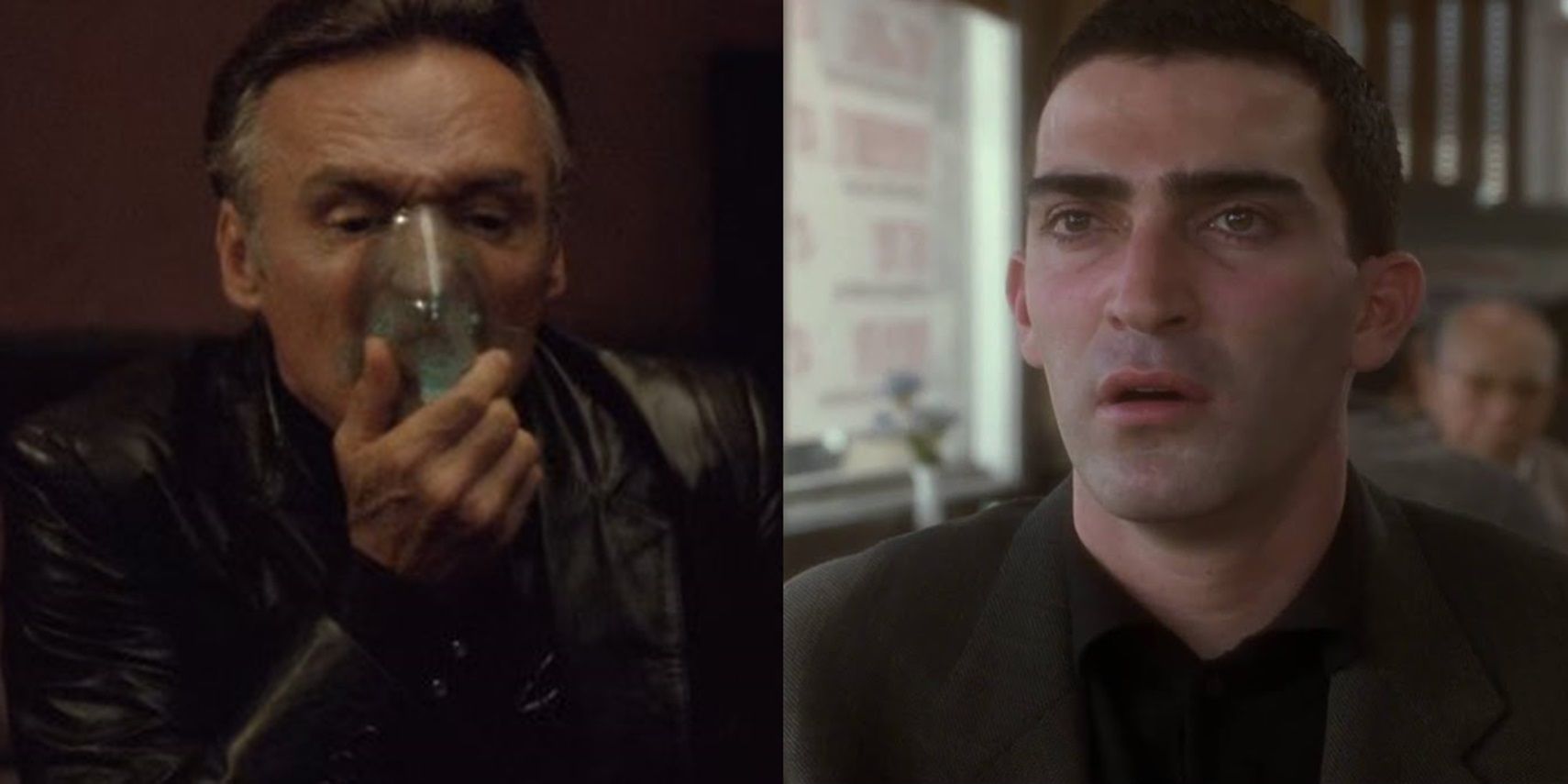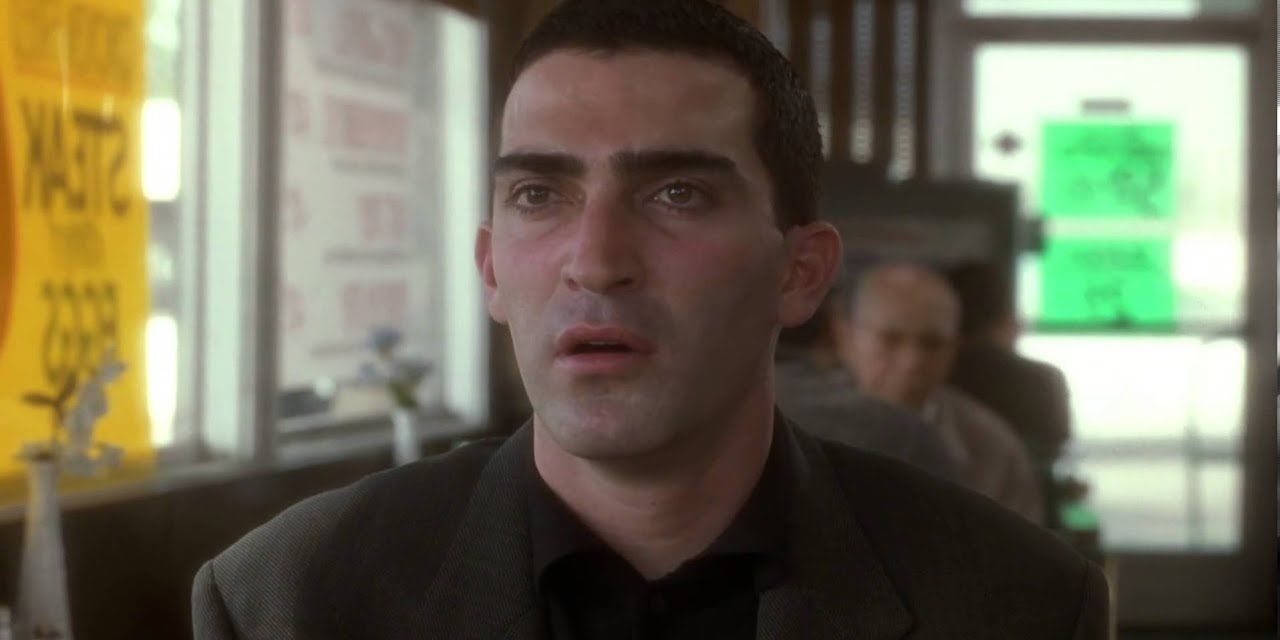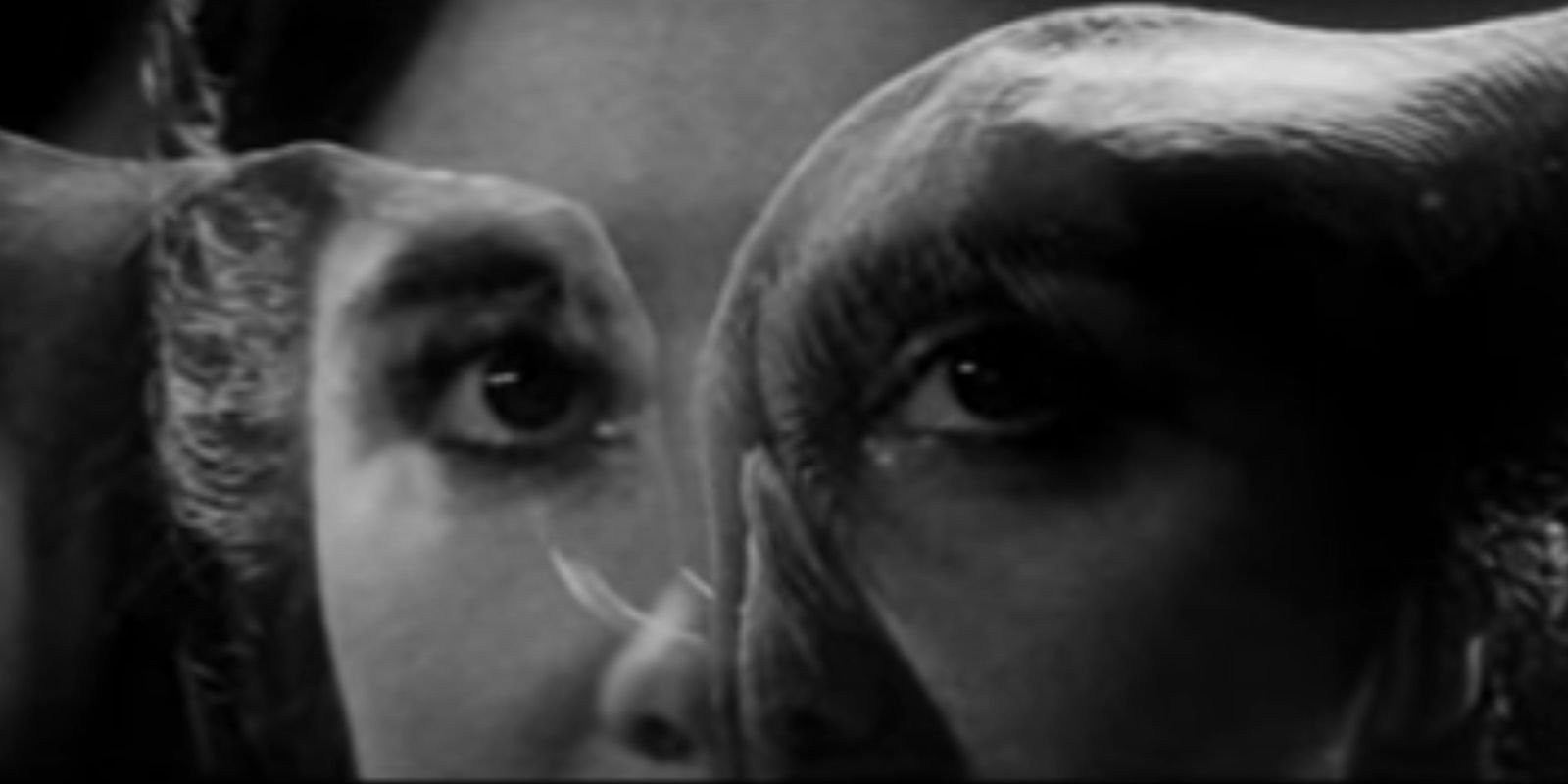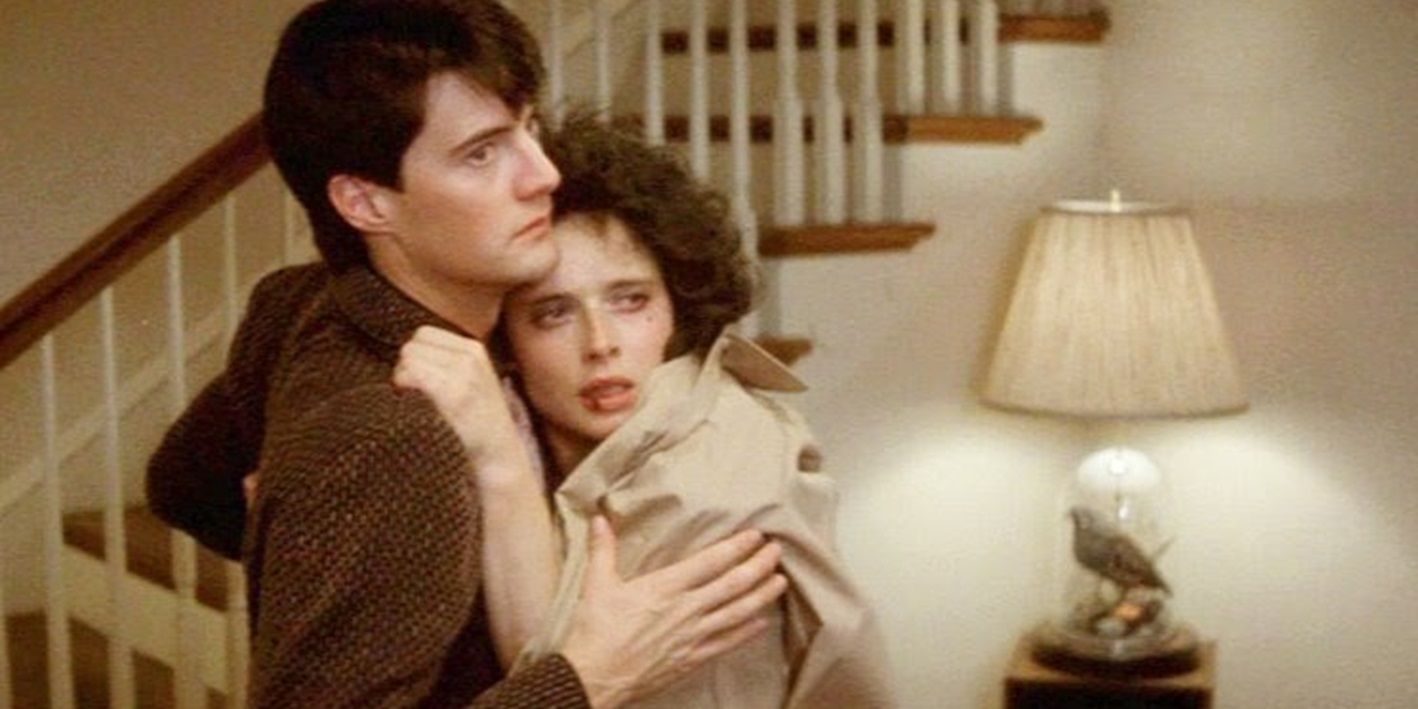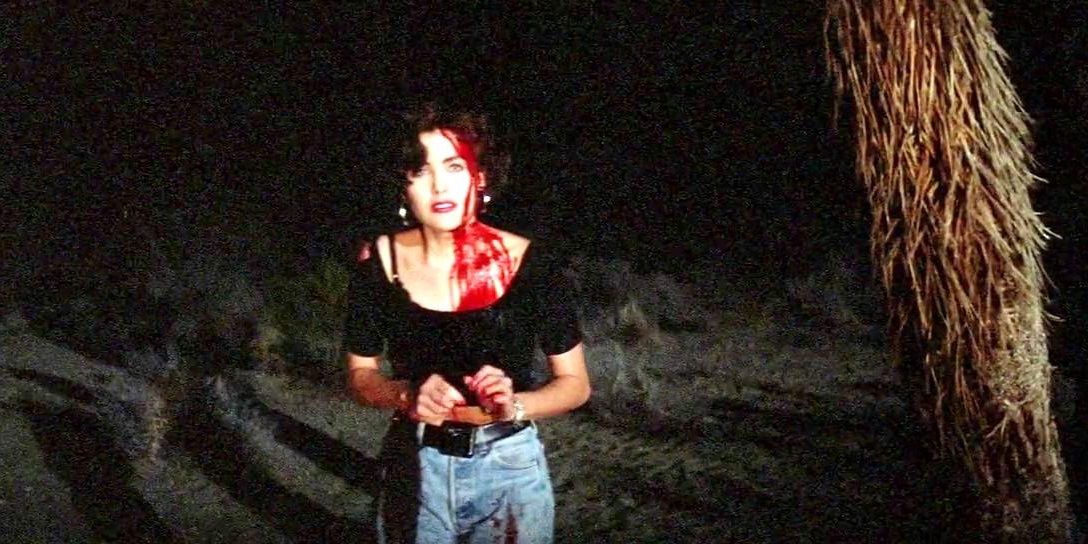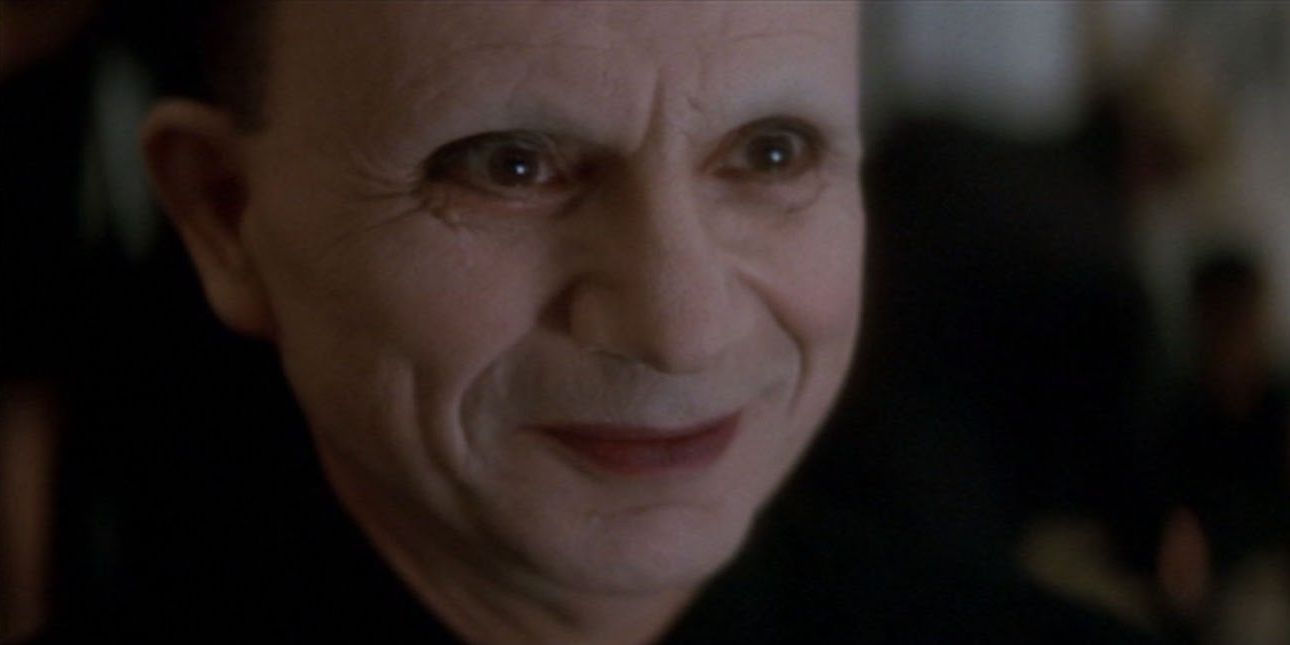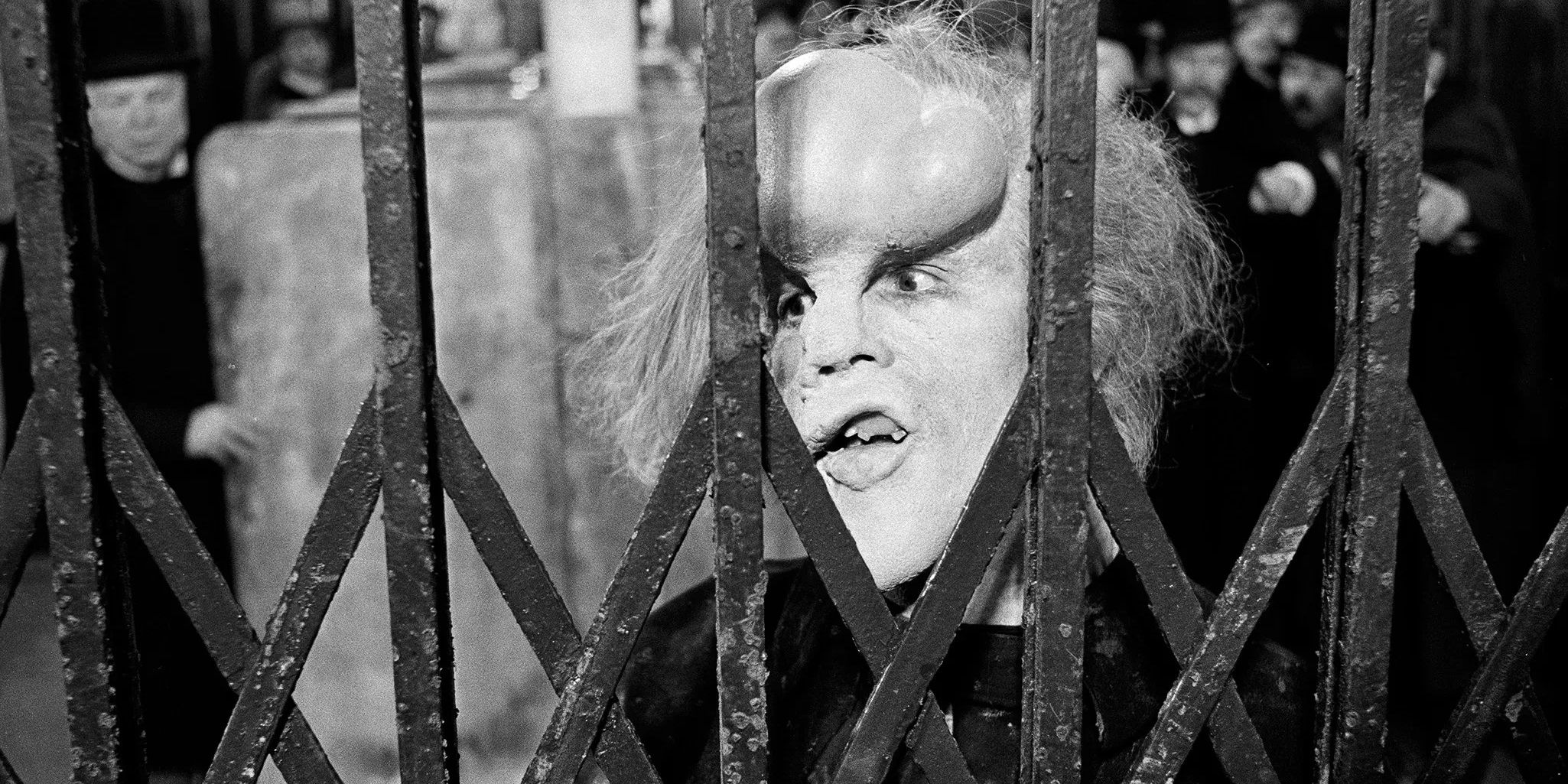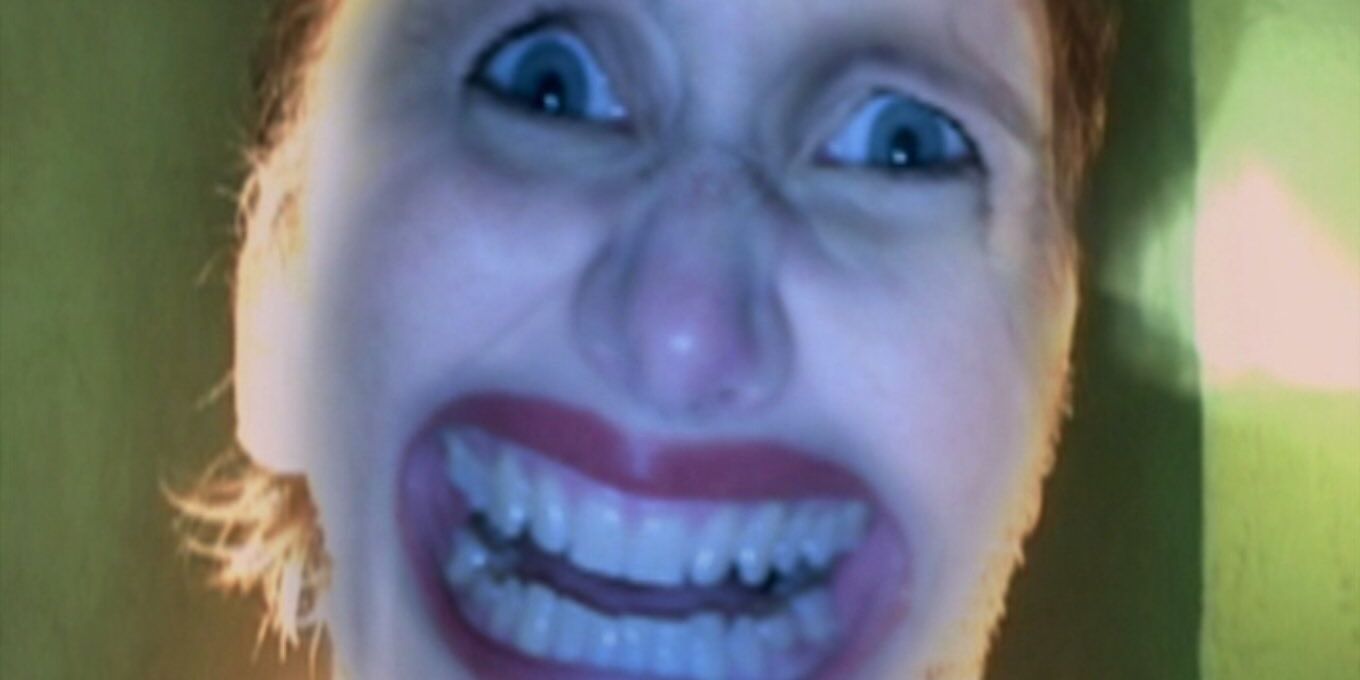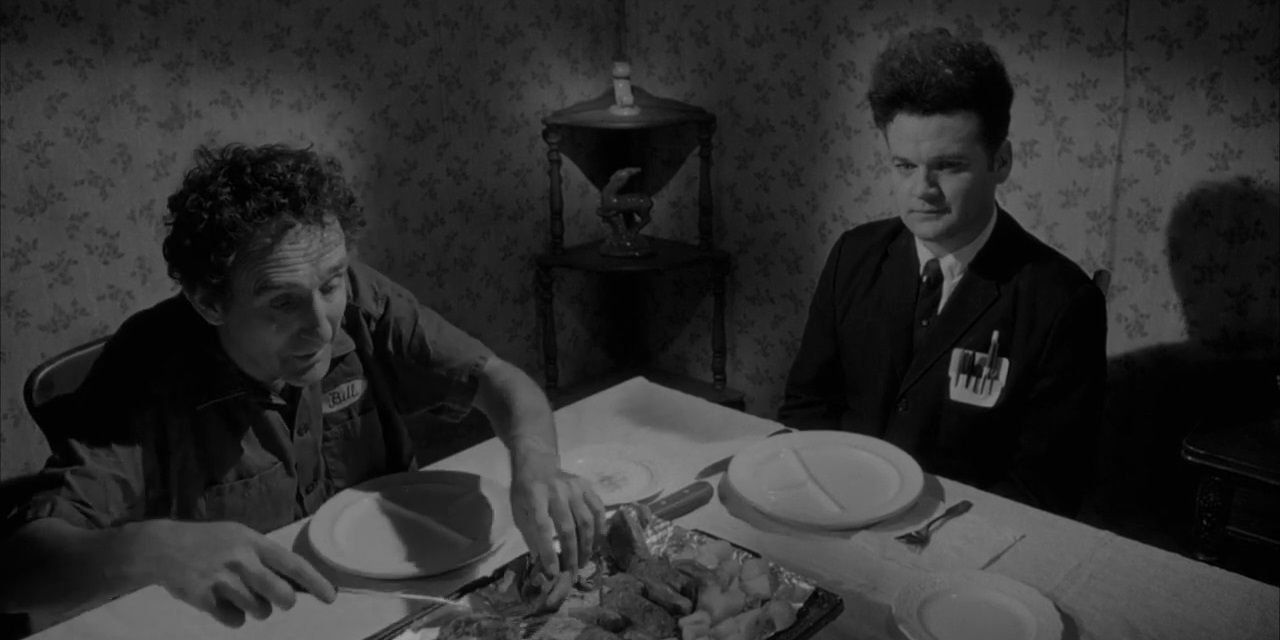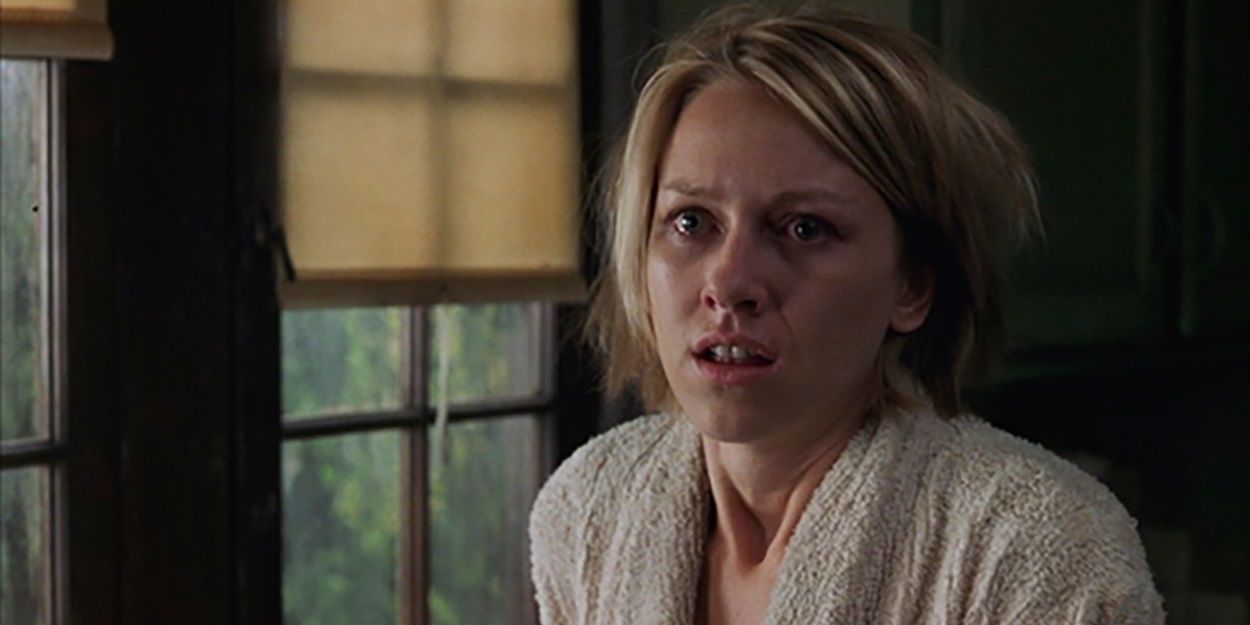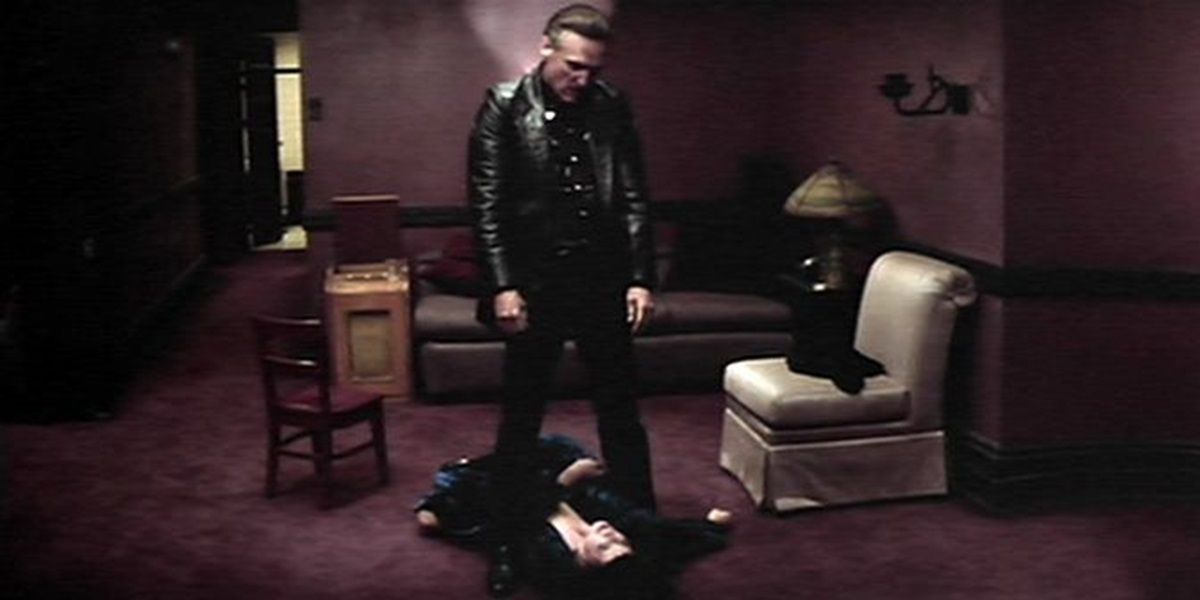Ever since his debut feature Eraserhead became a huge hit on the midnight movie circuit, David Lynch has been one of the most celebrated filmmakers in the world. He’s renowned for his uniquely disturbing imagery and ambiguous storytelling that’s open to interpretation (closure is too comforting for a Lynch movie). As a result, his movies are as difficult to watch as they are to understand.
Throughout Lynch’s storied directorial career, from Blue Velvet to Mulholland Drive, audiences have been subjected to some of the darkest, creepiest, strangest moments ever put on film.
Winkie’s Diner - Mulholland Drive
In an early scene in Lynch’s horror noir Mulholland Drive, Dan meets his friend Herb at a diner called Winkie’s and tells him about a psychologically scarring dream he had in which he was attacked by a troll behind Winkie’s. Herb insists they check it out, so Dan cautiously leads the way behind the diner.
Lynch creates an unbearable sense of tension throughout this sequence, as Dan ventures ever so slowly into the alley behind Winkie’s. When the troll inevitably emerges, Dan is knocked unconscious with fear.
The Opening Scene - The Elephant Man
For the most part, The Elephant Man’s harrowing true-to-life drama is a sobering departure from David Lynch’s uniquely bizarre filmmaking style. However, the acclaimed biopic’s opening scene briefly indulges in the usual Lynchian weirdness to establish the tortured mindset of its subject John Merrick (based on Joseph Merrick).
In the film’s shocking opening moments, Merrick’s mother is trampled by a stampede of elephants. This isn’t based on true events, but the dream-like visuals suggest the scene is taking place in Merrick’s mind. It could be seen as a metaphor for Merrick being held back by his appearance.
Dorothy Appears Naked At Jeffrey’s House - Blue Velvet
One of the most ambiguous, interpretable scenes in Blue Velvet sees a naked Dorothy showing up outside Jeffrey’s house and telling him, “You put your disease in me!”
According to the Irish Times, this scene was inspired by a traumatic experience from Lynch’s childhood in which he saw a naked woman with a bloodied mouth walking through his neighborhood late at night. As a young child, Lynch didn’t have the comfort of understanding what was going on, and he didn’t give that comfort to his audience, either.
Sherilyn Fenn’s Cameo As A Car Crash Victim - Wild At Heart
Lynch’s gonzo road trip thriller Wild at Heart is one of his most underappreciated movies. Nicolas Cage and Laura Dern share incredible chemistry as lovers on the run, while the sinister criminals pursuing them are a delightful rogues’ gallery of pulp archetypes (particularly Bobby Peru, played by Willem Dafoe).
In one particularly disturbing sequence, Dern encounters a woman who’s been badly injured in a car crash. A cameoing Sherilyn Fenn brings a haunting edge to this woman’s delirious final moments. The whole experience has a profound effect on Dern’s character.
The Mystery Man Approaches Fred At A Party - Lost Highway
In the opening scenes of Lost Highway, Fred Madison receives a series of disturbing videotapes of himself. He thinks he’ll get a break from all the bizarreness when he goes to a party, but at the party, he meets “The Mystery Man,” who tells him he’s currently in his house and hands him a phone to check.
Having an intruder in the house is everybody’s worst fear, and being approached by the intruder himself in a different house and being handed a phone to call him in your own home is the strangest possible way for that fear to be realized.
“I Am Not An Animal!” - The Elephant Man
While John Merrick develops a heartwarming dynamic with his doctor, Frederick Treves, played by Anthony Hopkins, most people treat him like he’s inhuman. When he escapes from his abusive ringmaster, he’s harassed by a group of boys in a train station and accidentally knocks down a young girl.
He’s chased through the station by an angry mob and cornered, at which point he cries out, “I am not an animal! I’m a human being!” John Hurt gives a powerful turn as a poor, dehumanized soul who finally reaches his breaking point after a lifetime of abuse.
The Phantom In The Hallway - Inland Empire
Easily Lynch’s most experimental movie, Inland Empire is too incomprehensible (or too long) for even some of the director’s biggest fans. But Laura Dern gives a powerhouse performance in the lead role and there’s plenty of typically unsettling Lynchian moments.
In one particularly disturbing scene, Dern is approached in the hallway by “the phantom.” The narrow hallway creates an ominous feeling of claustrophobia, and the threat of the phantom becomes a lot more real when it’s unharmed by a gunshot.
The Most Awkward Dinner Of All Time - Eraserhead
As difficult as it is to define the Lynchian style, Lynch’s cinematic outlook can best be described as a surreal deconstruction of Americana. This is exemplified perfectly in the dinner scene in Lynch’s debut feature Eraserhead. Meeting a significant other’s parents for the first time is always awkward, but Lynch’s vision is particularly uncomfortable.
Carving up meat at the dinner table is a classic image of a wholesome American nuclear family, but when Henry carves the shriveled “manmade” chicken, it oozes black goo and writhes around on the plate. His girlfriend’s mother screams at him for getting her pregnant, then tries to come onto him. This whole dinner scene is excruciating, and it culminates in the birth of the iconic “baby,” who may not even be human.
Diane’s Suicide - Mulholland Drive
At the end of Mulholland Drive, Diane is terrorized by hallucinations and eventually driven to shoot herself. This shocking suicide gives a decidedly conclusive (and grim) ending to an ambiguous story whose meaning is in the eye of the beholder.
While the earlier scenes suggest there’s something supernatural at play with Diane and her doppelganger Betty, this bleak finale suggests that Diane isn’t being haunted by demons at all and she’s just deeply disturbed.
Frank Attacks Dorothy In The Guise Of Two Separate Personas - Blue Velvet
Arguably the most reprehensible villain from the David Lynch canon – and there are a lot to choose from – is Frank Booth, the sadistic pimp played by Dennis Hopper in Blue Velvet. The character is given an unforgettable introduction when he bursts into Dorothy’s apartment and attacks her while Jeffrey hides in the closet.
This brutal sexual assault is already a harrowing scene, but it’s made even more unnerving by Frank switching between his two personas: the aggressive “Daddy” and the whiny, high-pitched “Baby.”

